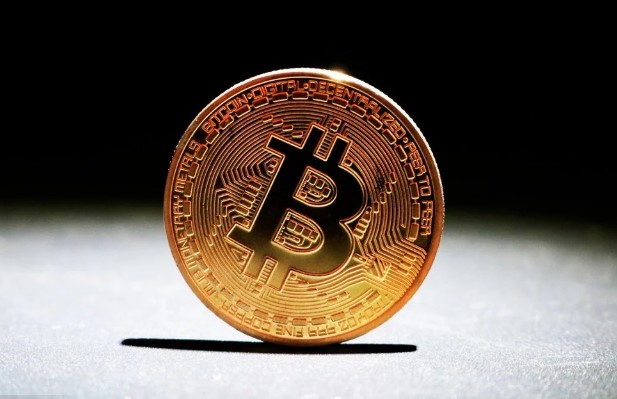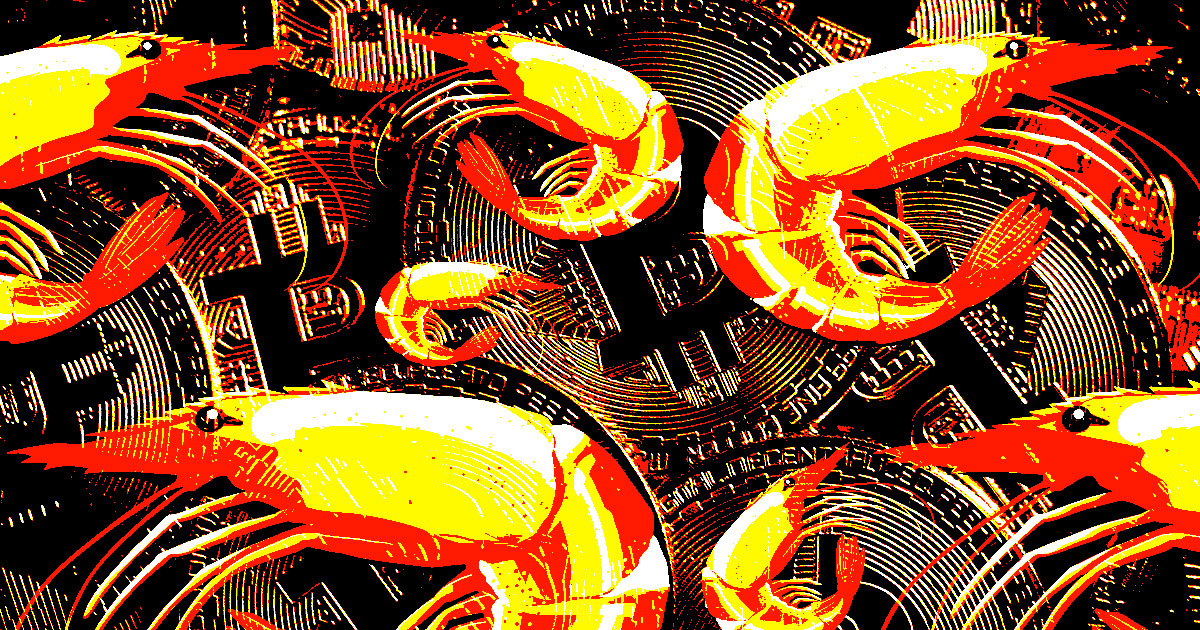Timestamp refers to a complete and verifiable information that can indicate that a piece of data exists before a specific time. It is generally a character sequence. Therefore, some novice investors ask, how does the blockchain timestamp work? What does a
The previous editor has already introduced what a timestamp is. A timestamp is a complete and verifiable information that can indicate that a piece of data exists before a specific time, usually a character sequence. Therefore, some novice investors ask, how does the blockchain timestamp work? What does a timestamp mean? Then, let's follow Xiao Bian to have a look.

How does blockchain timestamps work?
The time stamp is based on the effectiveness of the hash algorithm, which is a one-way cryptosystem to ensure that transaction information cannot be forged in the blockchain. Timestamps exist in the blockchain from the moment the blockchain is generated, and the blocks that have been generated in the blockchain cannot be tampered with, because once forged, the generated hash value will change into an invalid data.
The basic working principle of time stamp is to provide an associated time stamp for specific electronic data, thereby effectively verifying that the formation time of the electronic data has not been modified.
In the blockchain network, each timestamp will also include the previous timestamp in its random hash value. This process will be repeated continuously, successively, and finally a complete chain will be generated. From this, we can understand the actual workflow of the timestamp system:
1. The user encrypts the transaction information in the block using the hash algorithm to generate a hash string;
2. The client sends out a timestamp request, and the timestamp server extracts the hash value from the project block;
3. The timestamp server signs the obtained hash value and time record to generate a timestamp;
4. The generated timestamp data is associated with the transaction information and then returned to the system to participate in the hash.
What is the meaning of using timestamps?
The meaning of timestamp is that independent blocks form a chain structure and are connected together in chronological order. In the whole process, from the moment the block is generated, the timestamp exists in the blockchain, playing the role of an impartial person, and can conduct time authentication for each transaction. When a transaction occurs, the blockchain system can add a timestamp to the transaction information of each block, and at some time something happens to a customer can be recorded one by one. Therefore, when a customer transfers one BTC to two people at the same time, the system will select the transaction that is transferred out first according to the timestamp data, and the double spending problem will naturally be solved.
In the blockchain network, each timestamp will also include the previous timestamp in its random hash value, which means that the difficulty level of changing a record will increase exponentially by time, and the older the record, the harder it will be to change. In other words, the longer the blockchain runs, the more difficult it is to forge. Therefore, compared with the traditional third-party notarization as the core, timestamps can record each transaction more objectively and truly.
Skillfully use time stamp
As we all know, copyright protection has always been based on the completion time of the creation, that is, for the same work, whoever can express that his creation is completed earlier will have the copyright of the content. Because timestamps can confirm the order of transaction nodes in the blockchain, the advantages of timestamps in copyright protection have been brought into full play. Taking the PULSAR copyright protection solution as an example, users can package and link all the details of works such as text, photos, audio and video based on the PULSAR public chain. These works may be recorded into new blocks one by one, and the corresponding time stamp will be stamped according to the time. When the copyright of a work is migrated, relevant time stamp information will also be attached. In that way, even if copyright infringement occurs, customers can also intuitively confirm the ownership of copyright registration based on the sequence of time stamps to protect their legal rights from damage.
Similarly, timestamps can also be used in commodity traceability, financial industry, document industry and other scenarios. On the complex blockchain, timestamps are like an infallible camera, which can meticulously record events and times in the chain. If we want to build a credit society, in addition to the equity of the third party, in the huge blockchain, timestamp will be the only choice to ensure that every data is true, effective and tamper proof.
Speaking of this, I believe you have a certain understanding of how blockchain timestamps work and what is the significance of using timestamps. In general, the application of timestamps has been gradually promoted in various fields, which not only solves the copyright problem, but also protects our legitimate rights and interests. We also expect timestamps to bring us more surprises in the future.
















 Tue, 18 Apr 2023
Tue, 18 Apr 2023
